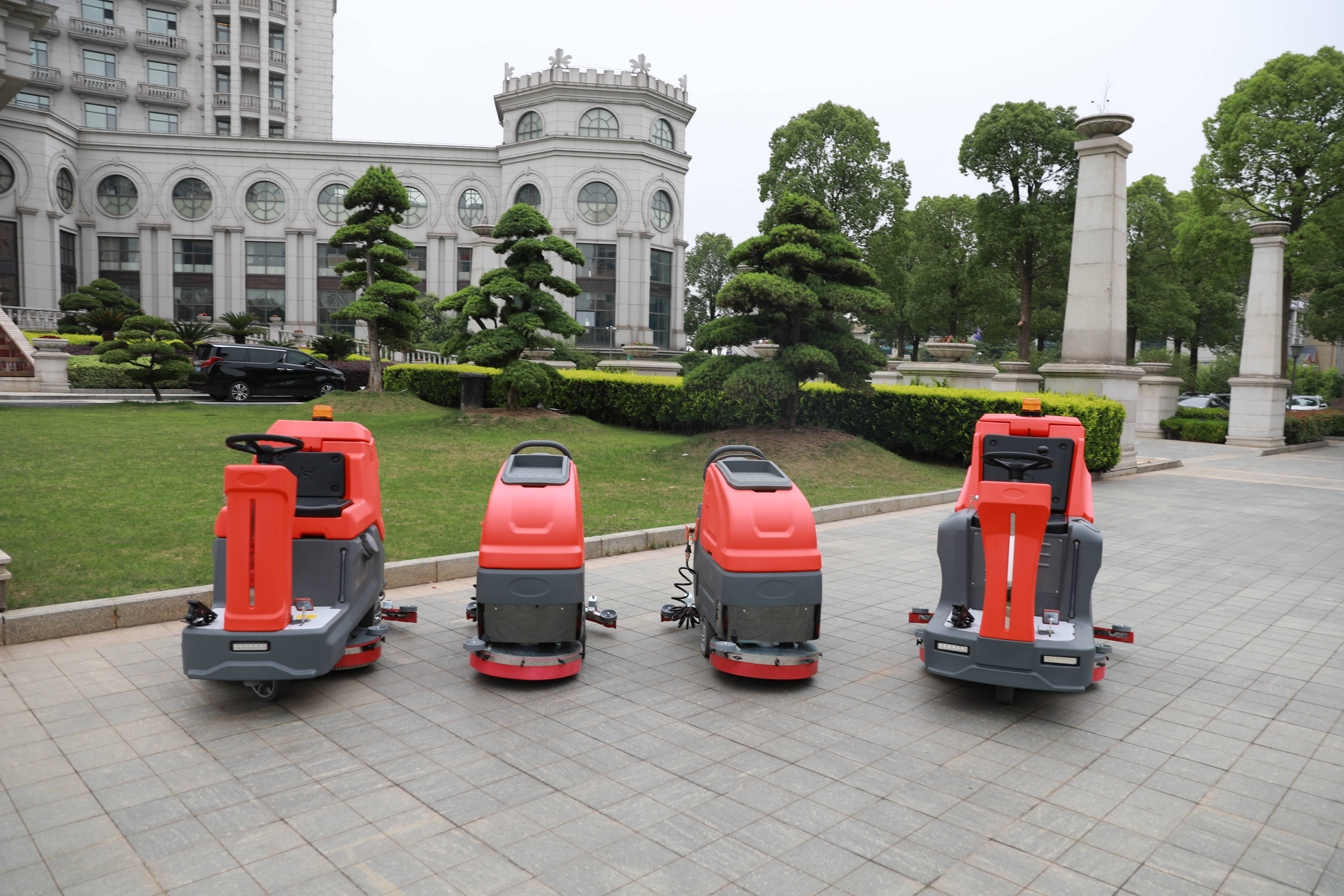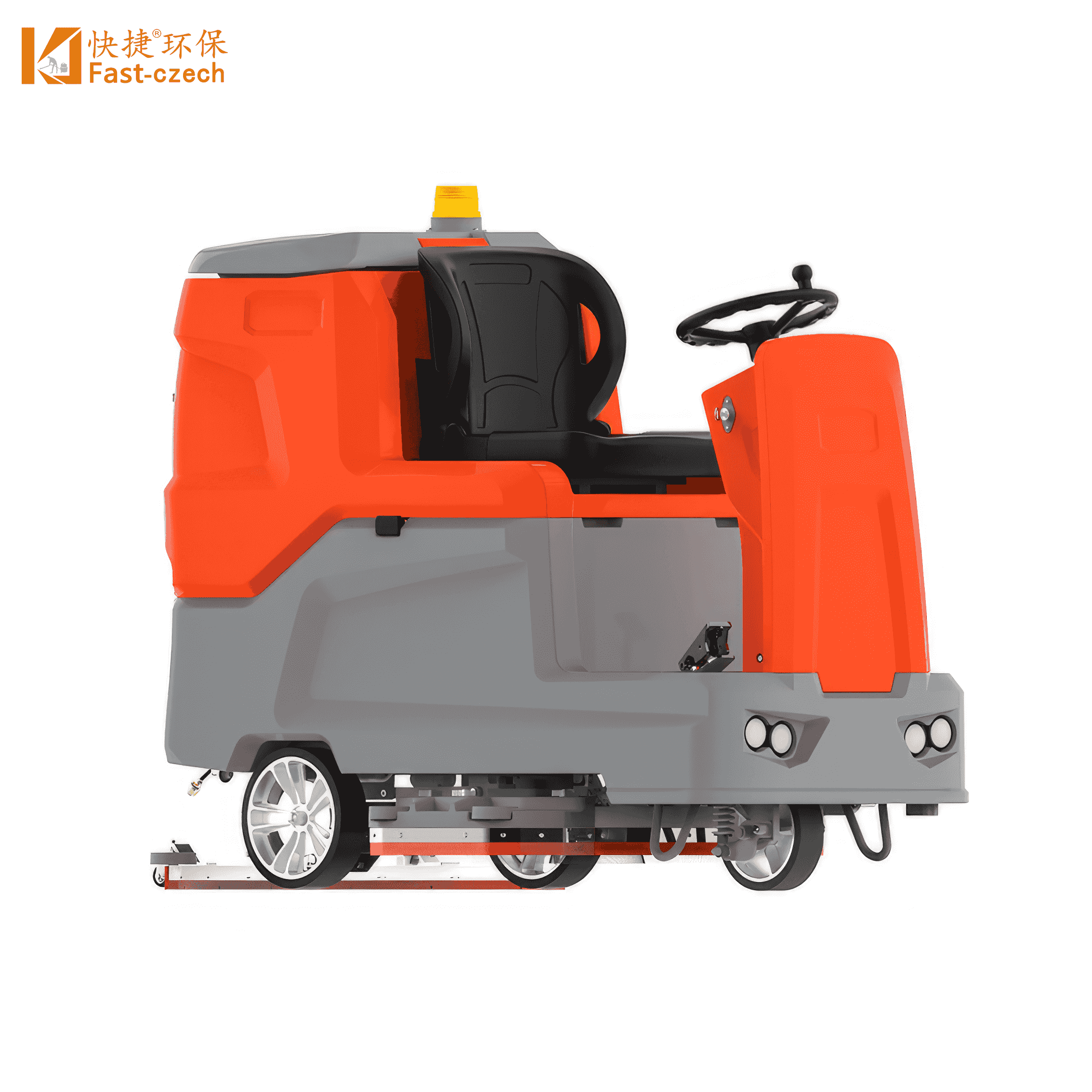Before we dive into the operational aspects, let’s establish a fundamental understanding of what a scrubber dryer is. Essentially, a scrubber dryer is a heavy-duty cleaning machine designed to tackle large floor areas efficiently. It combines the functions of water spraying, scrubbing, and drying into one seamless process. This device is especially popular in industrial and commercial settings due to its ability to deliver high-quality cleaning results in a fraction of the time it would take with traditional cleaning methods.
Getting Started: Preparing Your Scrubber Dryer
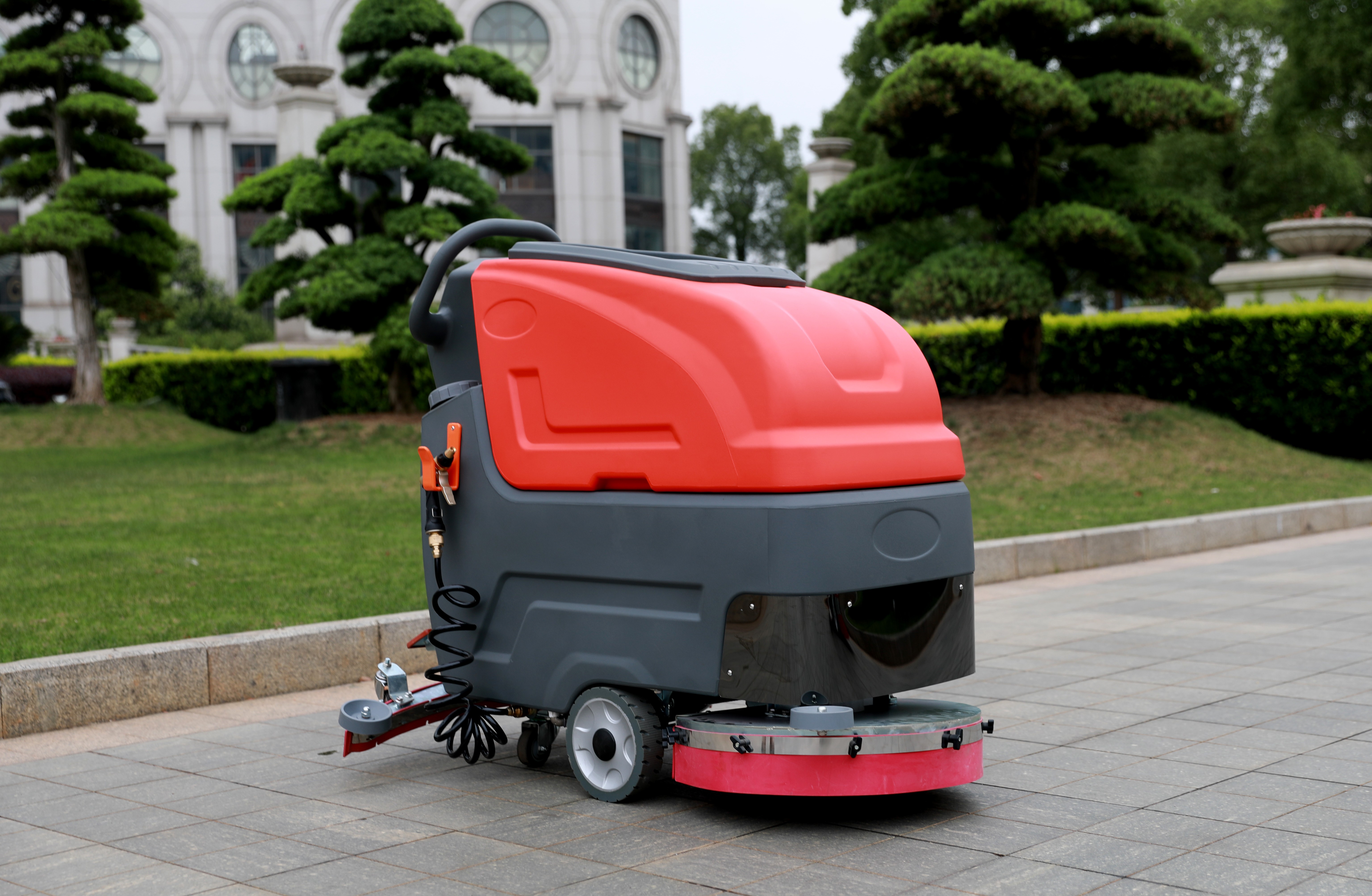
Operating an industrial ride-on scrubber dryer might seem daunting at first, but with the right guidance, it can become a smooth and efficient process. In this comprehensive guide, we’ll delve into the intricacies of using a scrubber dryer, covering everything from basic operation to advanced techniques. Whether you’re a novice or an experienced operator, this article aims to enhance your skills and boost your understanding of this powerful cleaning tool.
Understanding the Basics of a Scrubber Dryer
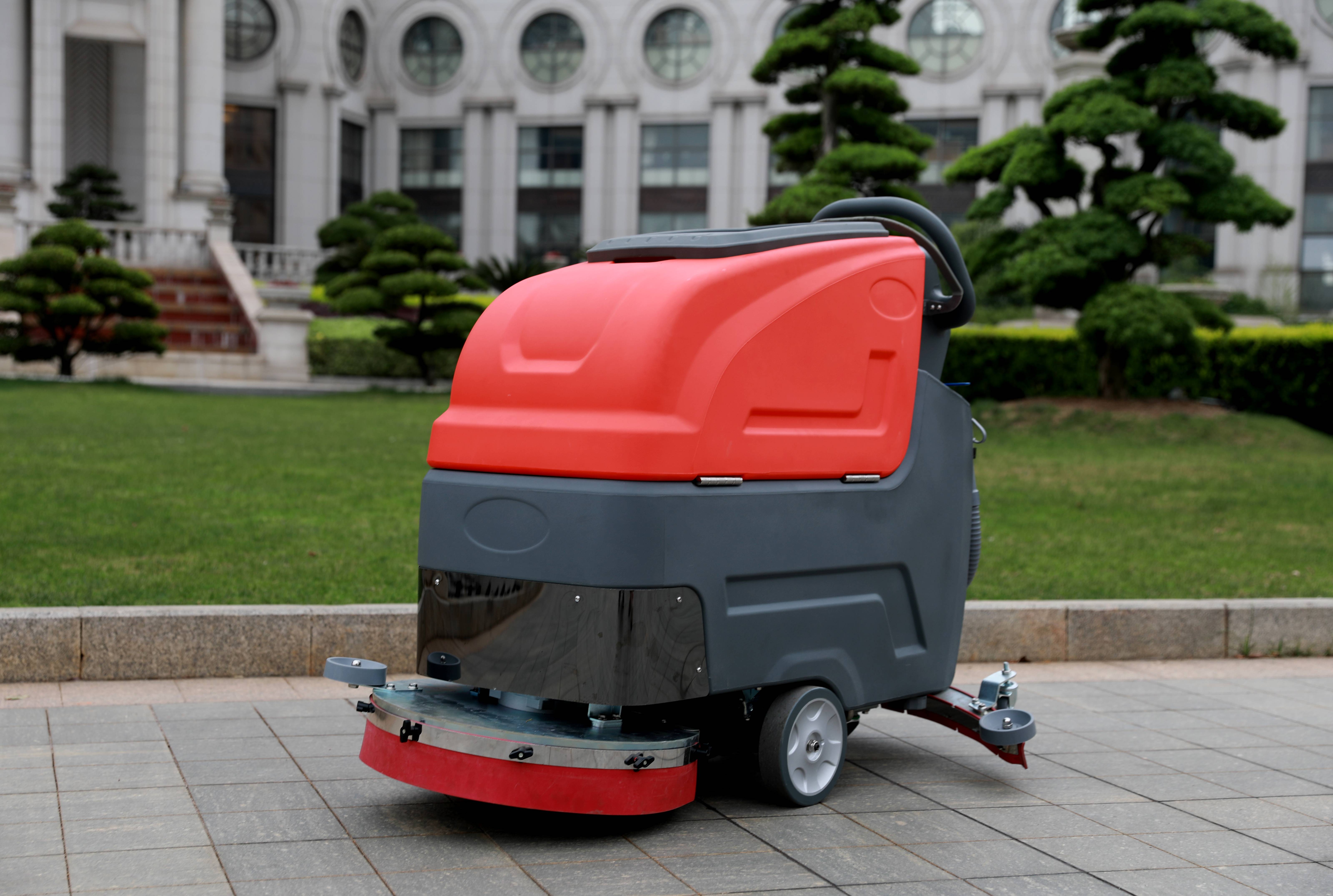
1. Safety First: Pre-Operational Checks
Safety should always be the priority. Before using the scrubber dryer, conduct a thorough check. Ensure all safety features are functional and inspect the machine for any visible damage.
2. Familiarise Yourself with the Controls
Modern scrubber dryers come with a variety of controls and settings. Take some time to understand the functions of each button and dial on your specific model. This familiarity will save you time and effort during operation.
Mastering the Operation
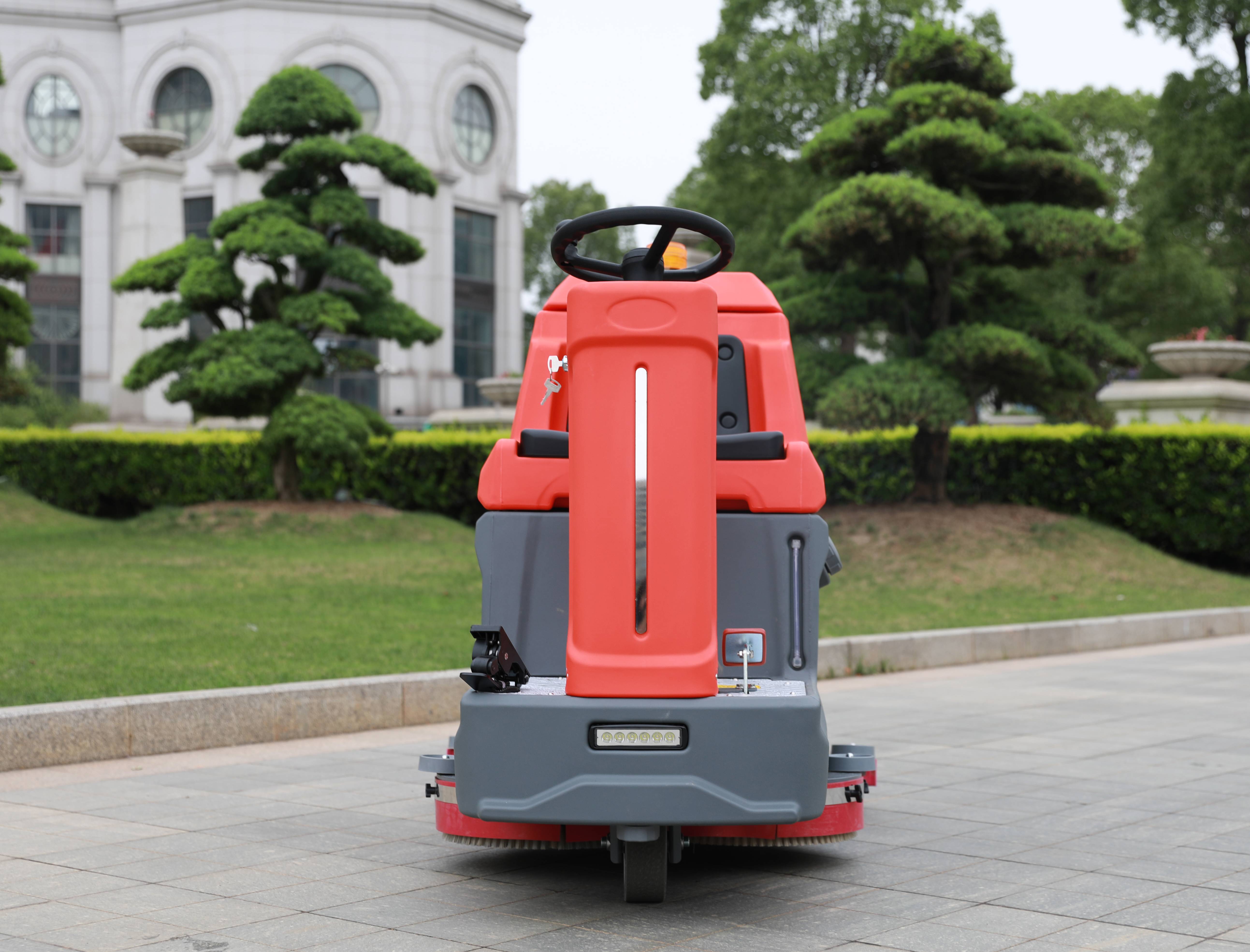
3. Setting Up the Cleaning Solution
Properly mixing the cleaning solution is crucial for effective cleaning. Follow the manufacturer’s recommendations regarding the appropriate detergent and water ratio. Too much or too little detergent can affect the cleaning efficiency. Feel free to check out our range of solutions and see which one suits you.
4. Adjusting the Brush Pressure
Different floor surfaces require different brush pressures. Adjust the pressure according to the type of floor you are cleaning. For delicate surfaces, use a lighter pressure to prevent any damage.
5. Understanding the Water Flow
Controlling the water flow is essential. Too much water can flood the floor, while too little might not clean effectively. Find the right balance, ensuring the floor is damp but not soaking wet.
Advanced Techniques for Optimal Results
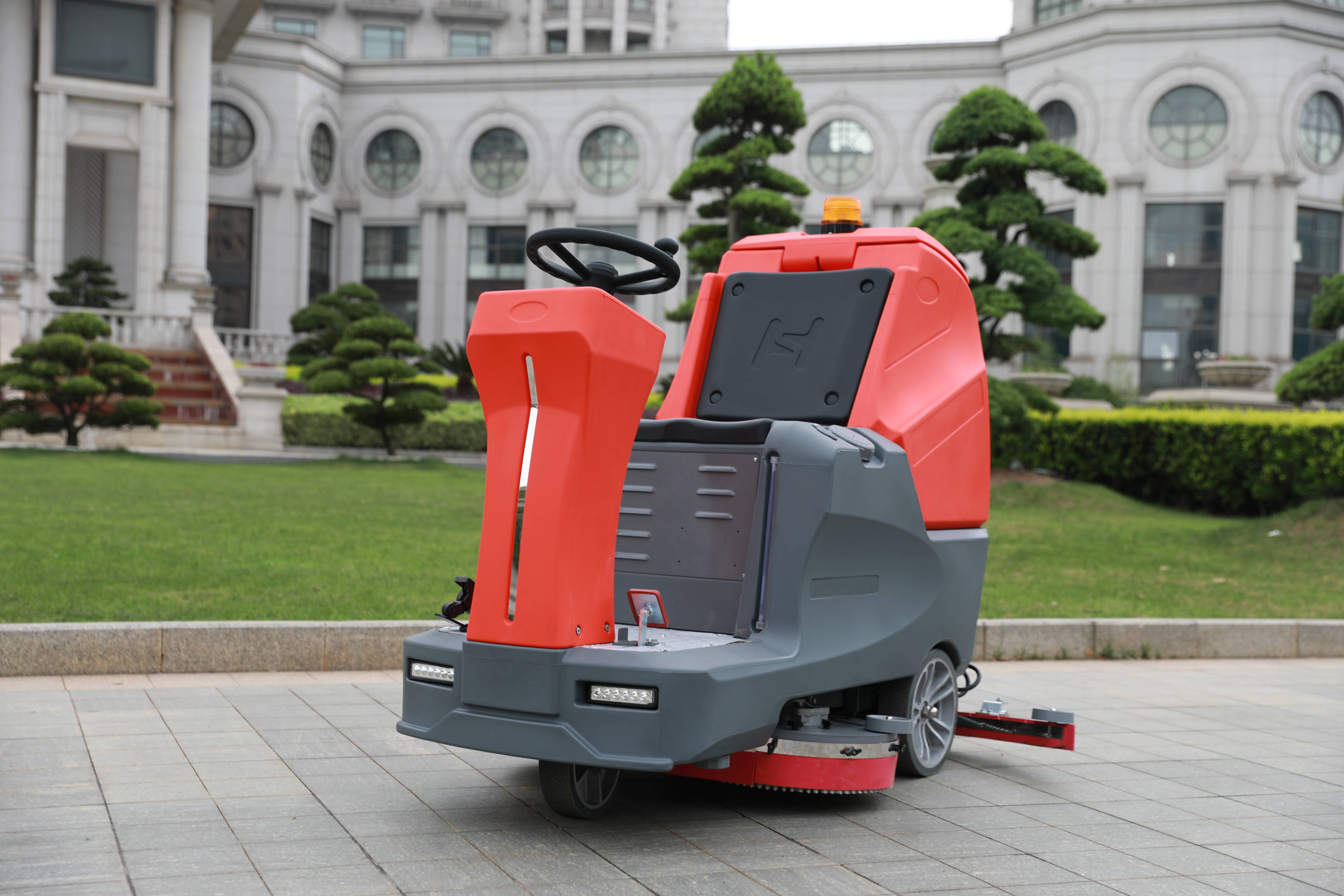
6. Overlap Your Strokes
When operating the scrubber dryer, overlap your strokes slightly. This ensures that no areas are missed, resulting in a uniformly cleaned floor.
7. Work in Sections
Divide the cleaning area into manageable sections. Working systematically helps maintain consistency and prevents the machine from drying out an area before it’s properly cleaned.
8. Utilise Corners and Edges Attachments
Scrubber dryersoften come with attachments for corners and edges. Use these attachments to clean every nook and cranny thoroughly.
Troubleshooting Common Issues
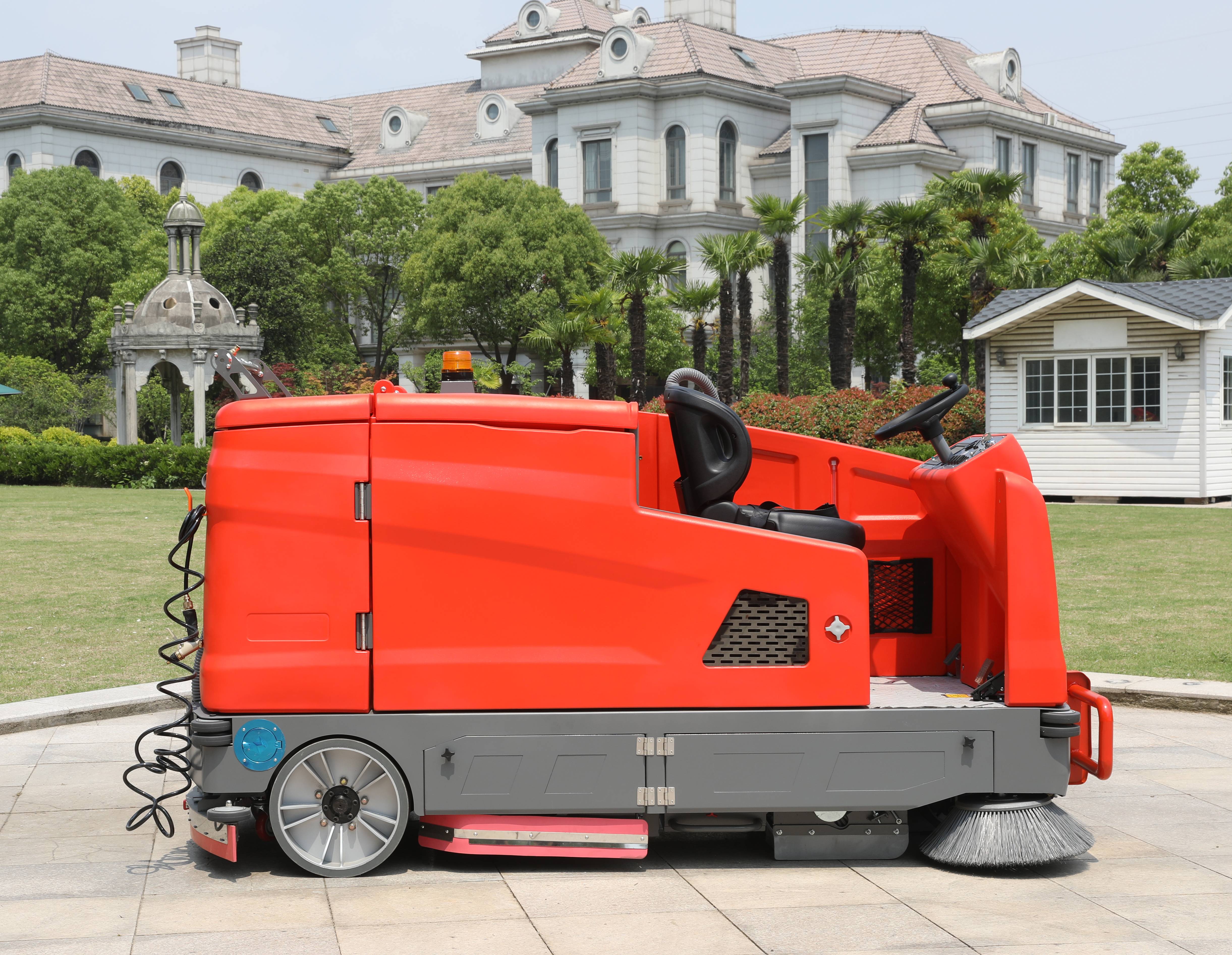
9. Dealing with Streaks or Residue
If you notice streaks or residue after cleaning, it could be due to improper detergent dilution. Adjust the detergent concentration and run the machine again for a spotless finish.
10. Addressing Uneven Cleaning
Uneven cleaning can be caused by uneven brush pressure. Check the pressure settings and ensure the machine is making proper contact with the floor.
Conclusion
Mastering the operation of an industrial ride-on scrubber dryer is not just about cleaning floors; it’s about optimising efficiency and ensuring a spotless environment. By understanding the machine’s basics, operating it skillfully, and employing advanced techniques, you can elevate your cleaning processes to professional levels.
Contact us for any questions!
FAQs (Frequently Asked Questions)
Q1: Is it necessary to use the manufacturer-recommended detergent?
A: Yes, using the recommended detergent ensures optimal performance and prevents damage to the machine. Deviating from the suggested detergent might void the warranty.
Q2: Can a scrubber dryer be used on all types of floors?
A: Scrubber dryers are versatile but not universal. Some delicate surfaces might get damaged. Always check the manufacturer’s guidelines and conduct a small test in an inconspicuous area first.
Q3: How often should the brushes be replaced?
A: The frequency of brush replacement depends on usage and the type of floor being cleaned. Check the brushes regularly for wear and replace them as soon as they show signs of deterioration to maintain effective cleaning.
Q4: What’s the ideal storage procedure for a scrubber dryer?
A: After use, clean the machine thoroughly, empty the tanks, and store it in a dry, cool place. Regular maintenance, such as charging the battery and checking for leaks, is essential to prolong the machine’s lifespan.
Q5: Can a scrubber dryer handle spills and large debris?
A: Scrubber dryers handle liquid spills and small debris but require manual removal of large debris before use to prevent damage to the brushes and other components.
Contact us for any questions!
